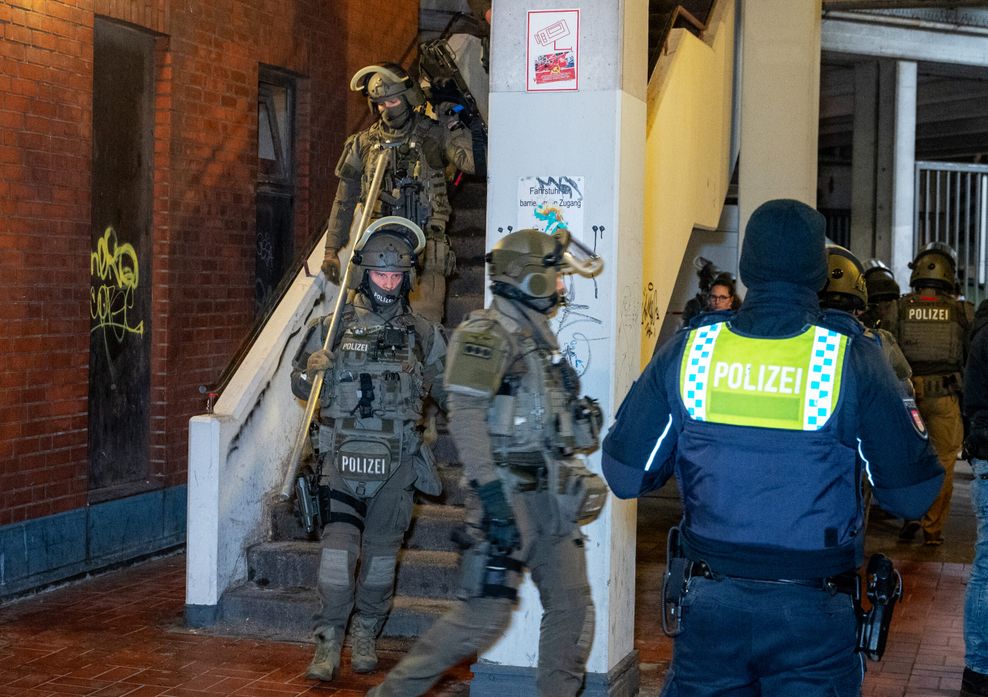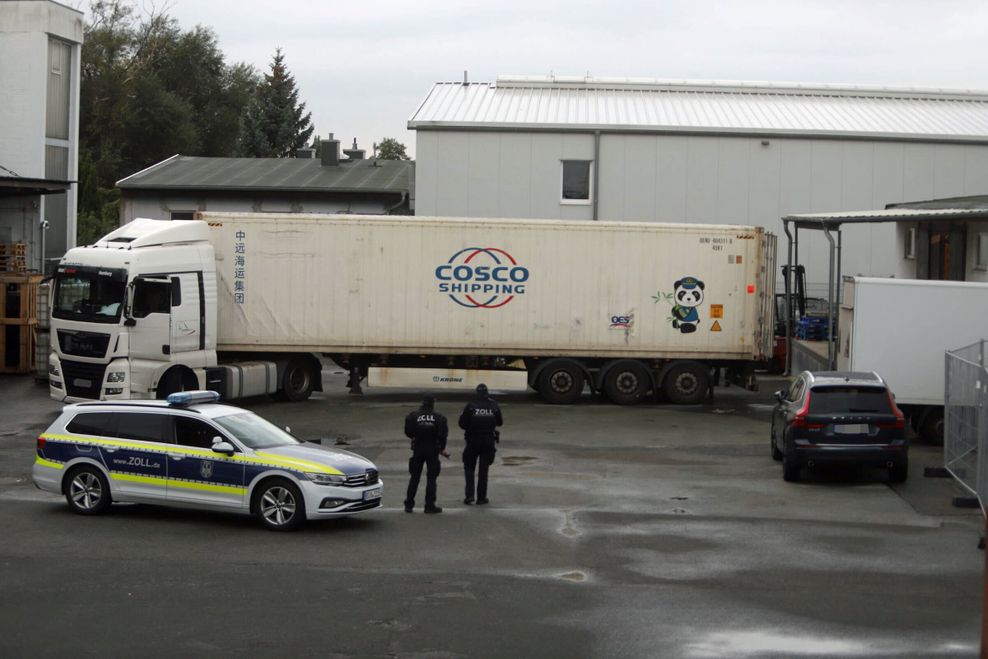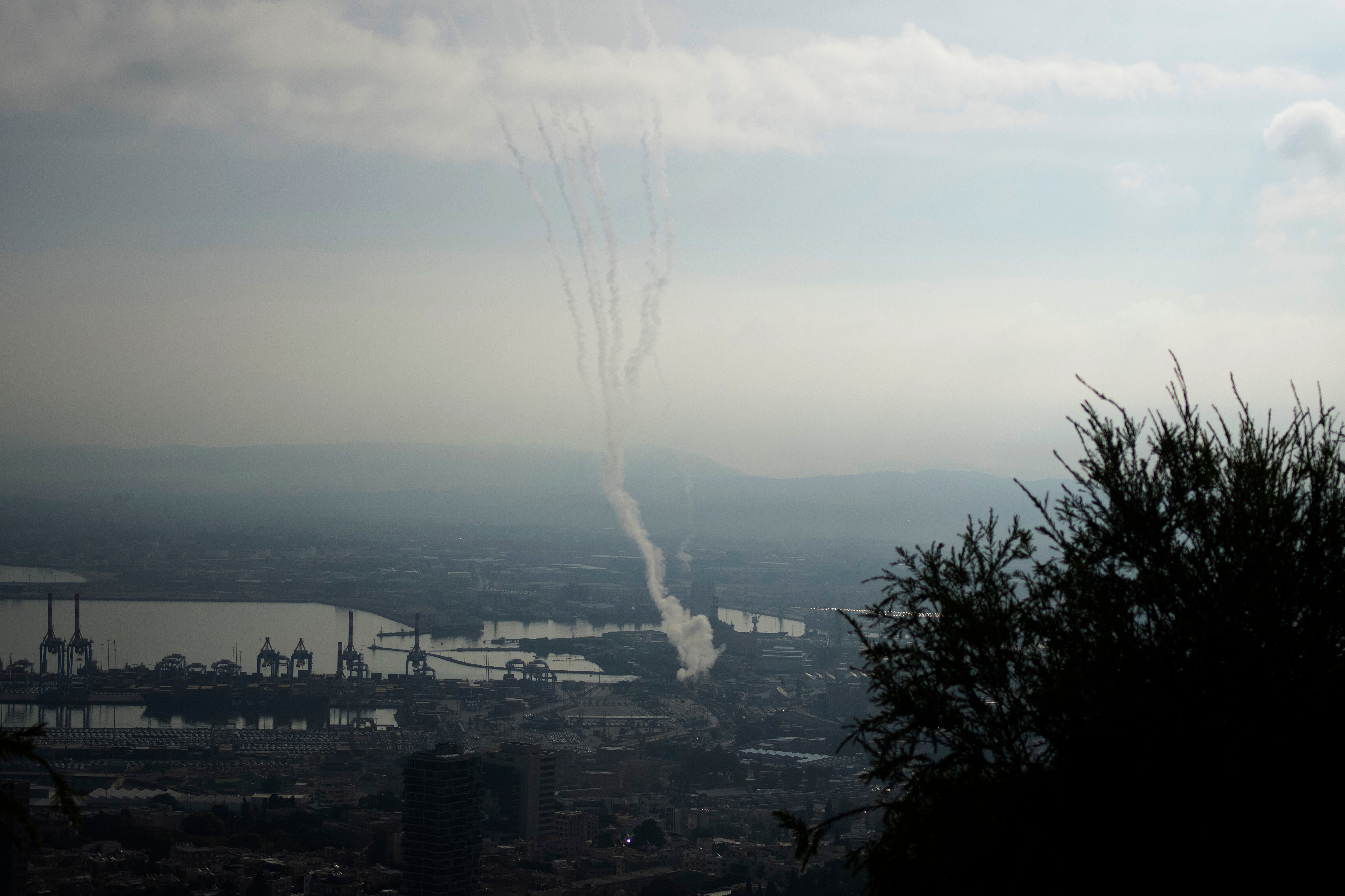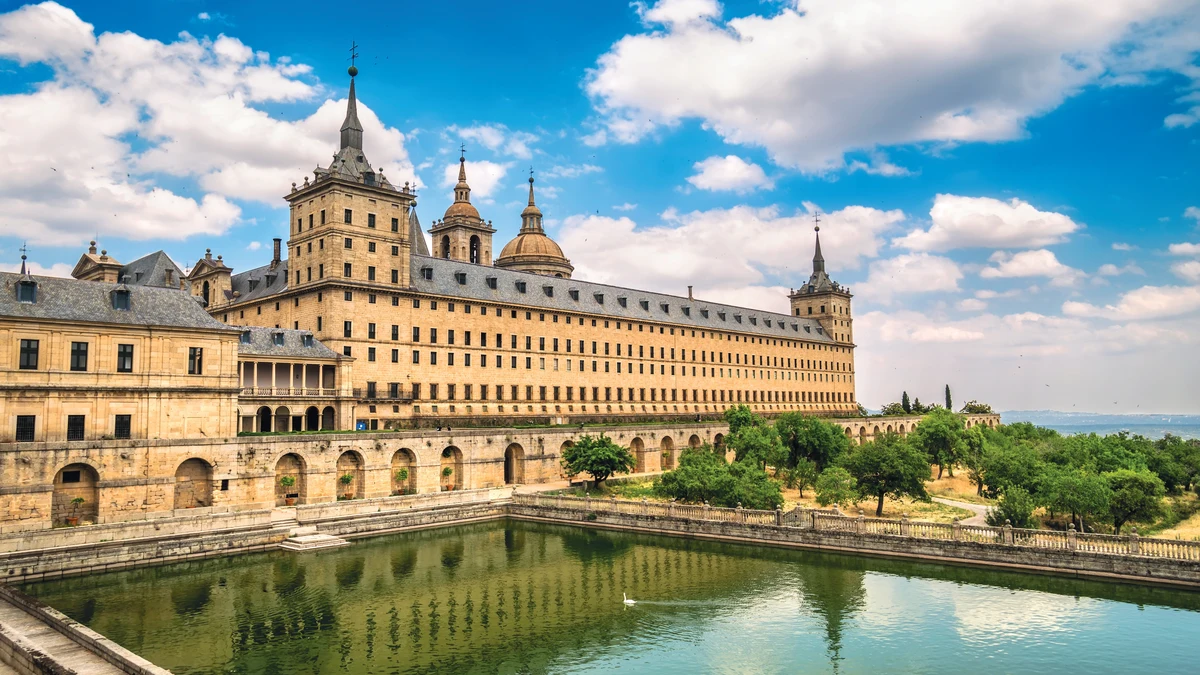Work is scheduled to start in the coming weeks on a field house at Eisenhower High School in Blue Island, part of a multimillion-dollar capital project in High School District 218.
The multiyear project will also bring renovated performance theaters to Eisenhower and expansions of gymnasiums at two other district schools, according to Superintendent Josh Barron.
“It’s going to be a game changer for our district for sure,” Barron said of the plans, which could take up to five years to complete.
Construction is already underway on some of the work at Eisenhower, 12700 S. Sacramento Ave., with gutting of two theaters nearly done in advance of renovating the interior spaces, he said.
A performance theater at the district’s Richards High School in Oak Lawn is part of the long-range project, as well as additions to gyms there and the district’s Shepard High School in Palos Heights.
The district has about 5,400 students and Eisenhower is the oldest school in the district, completed in 1950, according to the district.
Barron said the work will also include relocating the band and choir rooms at Eisenhower, now on the third floor, and bringing them to the main level of the school at the auxiliary gym.
That is part of the second phase of the capital plan, that will add gym space at Richards and Shepard, Barron said.
The field house at Eisenhower will include basketball courts and a 160-meter indoor track. It will attach to the west side of the school’s campus along 127th Street between the school and baseball field.
A rendering of a field house being added at Eisenhower High School in Blue Island, with construction getting underway this summer. (Community High School District 218)
“It’s going to be a state-of-the-art facility,” the superintendent said.
With the renovations and expansions, the district is trying to maximize the space it has available. Barron said the district has little room to expand at each site.
“We are pretty much land locked and it is difficult to physically expand,” he said.
The field house and expansions at the Richards and Shephard gyms will help add space for those schools’ sports teams and make the district more competitive compared with other schools in its conference, Barron said.
Having indoor tracks for track and field events takes the element of weather out of the picture as far as having practices or hosting competitions, and Barron said other schools in District 218’s conference either have completed or are working on similar field houses.
“With the upgrades and new facilities the hope is it will help attract more people to our district, as far as families moving into the area,” the superintendent said.
Barron said the improvements are long overdue, particularly at Eisenhower, which serves the largest population of at-risk students of any of the district’s three schools.
“Our kids deserve it, they deserve state-of-the-art facilities,” he said.
For the field house addition, he said “the architects have really done a nice job of blending old with the new.”
“It’s going to look like it’s been there,” Barron said. “Our goal is to keep it as close as possible to make it look like it’s been there all along.”
The second phase will include relocating Eisenhower’s band and choir programs to the main level in an auxilliary gym, Barron said.
Barron said the district is hopeful the initial phase of work, including the Eisenhower field house, will be completed in two to three years, and all of the work in both phases to be wrapped up in four to five years.
The actual timetable for work “depends on kinds of things,” and that the construction industry is still feeling the effects with the availability and pricing of certain materials that began with the COVID-19 pandemic.
“Big items, whether it’s steel or transformers. All kinds of things that can delay a project,” Barron said.
For now, both phases are expected to cost in the range of $70 million to $77 million, depending on prices for materials.
While the district has funds available to pay for the work, Barron said the board is considering selling bonds to finance it, which would be paid off over several years.
He said the district does not need voter approval for the work and district officials “will always be fiscally responsible” in how the projects are financed and their impact on property taxes.






















